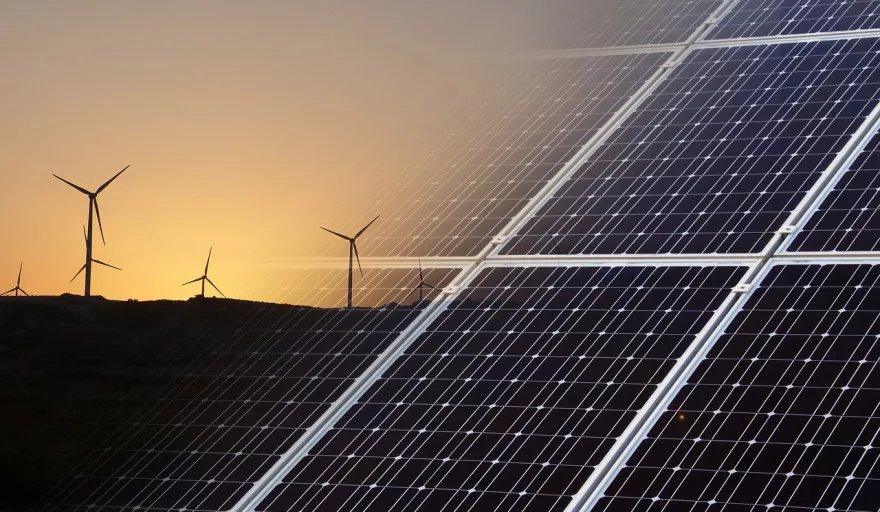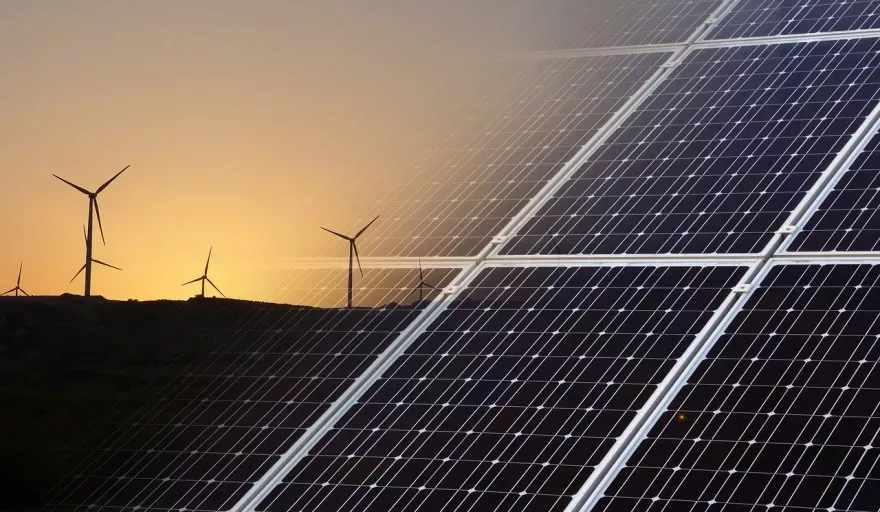
Written by: Tom Wadlow
By 2040 Africa, alarmingly, will become home to 90 percent of the world’s population who lack access to electricity.
By 2040 Africa, alarmingly, will become home to 90 percent of the world’s population who lack access to electricity.
According to figures published at the end of 2019 by the International Energy Agency (IEA), around 600 million people around the world today are unable to access energy, that figure only dropping to 530 million by 2030 if the IEA is proved correct.
It is an enormous problem. Africa’s populous is among the fastest growing and youngest in the world, with one in two people being added to the world’s population set to be African between now and 2040.
This is far higher than the growth rates seen in China during its economic and energy boom years, so the question of how Africa meets its electricity needs is fundamental to its prospects of socioeconomic development for decades to come. For instance, the IEA predicts that demand for oil in Africa will outstrip that needed in the Middle East and China between 2018 and 2040.
“Although there are major differences between countries, with some having large electricity deficits and others being further along in meeting their citizens’ energy needs, the continent as a whole is behind Europe and the US, and there’s a huge need for electrification,” comments Ville Rimali, Director of Growth & Development for Africa & Europe at Wärtsilä, a global energy technology and systems manufacturer headquartered in Finland.
“Africa’s electricity struggles are all the more striking when you consider the fact that the African economy is growing steadily, albeit at rates lower than the World Bank previously projected.
“So why, in spite of this, are large parts of Africa deprived of access to regular electricity? In short, supply hasn’t kept pace with demand. This is due to a number of factors, including rapid urbanisation, failure to make necessary investments, and high costs for existing electricity supplies.”
Rimali and Wärtsilä are well-placed to comment on the subject. A company with almost 200 years of experience behind it, Wärtsilä has 72 GW of power plant capacity in 180 countries around the world, with plants delivered to 46 of Africa’s 54 nations – capacity which stands at around 7,500 MW.
For Rimali, a combination of underinvestment and therefore struggling infrastructure are key factors explaining Africa’s power problems.
“Supporting infrastructure – including power grids – hasn’t kept up,” he adds. “Consequently, there are frequent blackouts, brownouts, and load shedding. Reliable power infrastructure is a major challenge today. This is partially because of a lack of generation, but also due to lack of transmission.
“Not all African governments have made the necessary investments to expand electricity production. Even South Africa’s power utility company, Eskom, has had issues upgrading its generating capacity. There needs to be the ability to build power plants and generation capacity.
“The African Development Bank, International Finance Corporation, and other institutions that can give grants and funding need to negotiate with governments to fund these projects.
“National utilities’ operating costs are also a challenge, as the bottom line is that their generation costs are higher than what they can legally charge consumers. As a result, they need to be continually subsidised, which is impractical if countries are working towards a healthy power market.”
The resultant picture is therefore one of high prices and a considerable barrier to development, with business attractiveness seriously undermined by an unreliable and expensive power supply.
In response, many governments are attempting to open their countries up to more foreign investment in the energy sector, with transparency, internationally recognised regulations and a guarantee on the security of investments identified as key to luring in outside parties.
Renewables are seen as a sustainable and increasingly affordable option that could help to plug the massive gap in supply. Here, Wärtsilä is making promising inroads across the continent, Rimali keen to cite a number of projects in Mali and Senegal as it bids to help the continent transition to a 100 percent renewable future.
These include the company’s first African energy storage development. Located in Mali, Wärtsilä will optimise the energy system at the Fekola Mine in the southwest of the country through the design and engineer of a cutting-edge 17MW/15MWh energy storage system based on its GEMS energy management solution.
Not only will it enable to the mine to reduce fuel consumption, Fekola will be the first mine in the region to add energy storage and solar to its operations, the GEMS system also set to control a new 30MW solar plant.
In Senegal, Wärtsilä has delivered a 130MW Flexicycle plant. The Malicounda power project in Mbour is located 85 kilometres from the country’s capital, Dakar, and is based on a gas, multi-fuel, or liquid fuel power plant combined with a steam turbine. The plant will operate on seven Wärtsilä 50 engines operating initially on heavy fuel oil, with an option to convert to a gas fuelled operation as soon as gas becomes available.
This adds to the 450 MW of Wärtsilä installed capacity in Senegal, the company being the leading provider of power generation equipment to the country.
And it is through pioneering projects such as this that will enable the firm to continue powering much-needed electrification progress across the region, as Rimali concludes confidently.
“We are proud of all the projects we have delivered in Africa, whether they are EPC or engineering and equipment,” he says. “Wärtsilä can provide complete smart energy solutions, enabling a 100 percent renewable energy future in Africa, with flexibility and storage easing up the transition.”






























